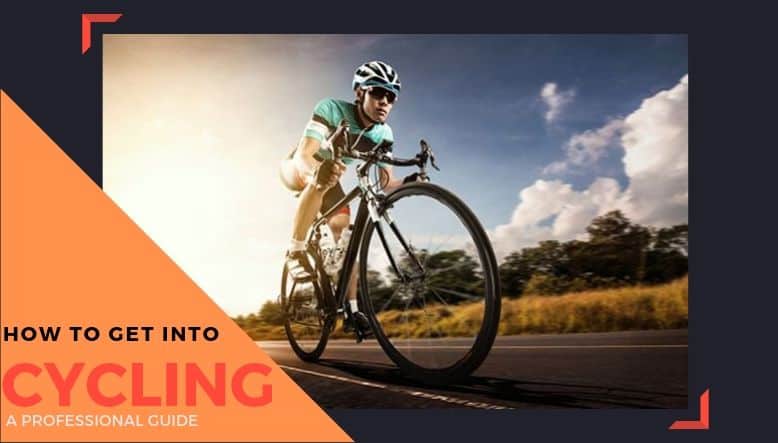
Many people start riding bikes as kids and even if it was years since you last sat on a bike saddle you really do never forget. Getting into cycling as an adult may seem a bit scary, but actually it’s easier than you’d think.
If you want to know the basics of getting started in cycling right from scratch, keep reading. If you already know how to cycle and are looking to get back into it, then jump to the next section on getting back into cycling.
Getting into cycling as a complete beginner (child or adult)
There are basically three key elements to successful cycling. They are fit, balance and braking.
Bicycles come in different frame sizes and the height of the saddle and handlebars can usually be adjusted to some degree. If you go to a proper bike shop, they will match you with a bike of the right size. If you plan to buy a bike online, then the easiest approach is to look for a website which gives sizing guidelines based on your height and measurements (length of leg etc). If you are planning to buy a bike second-hand, then it’s best to take someone with you who knows what they’re doing.
If you really have to size a bike on your own, then you should be able to step over the top tube comfortably and when you sit on the saddle, you should be able to put your toes on the ground easily but you should only be able to put the flat of your foot on the ground if you tilt the bicycle slightly. Similarly you should be able to reach the handlebars comfortably with your elbows slightly bent.
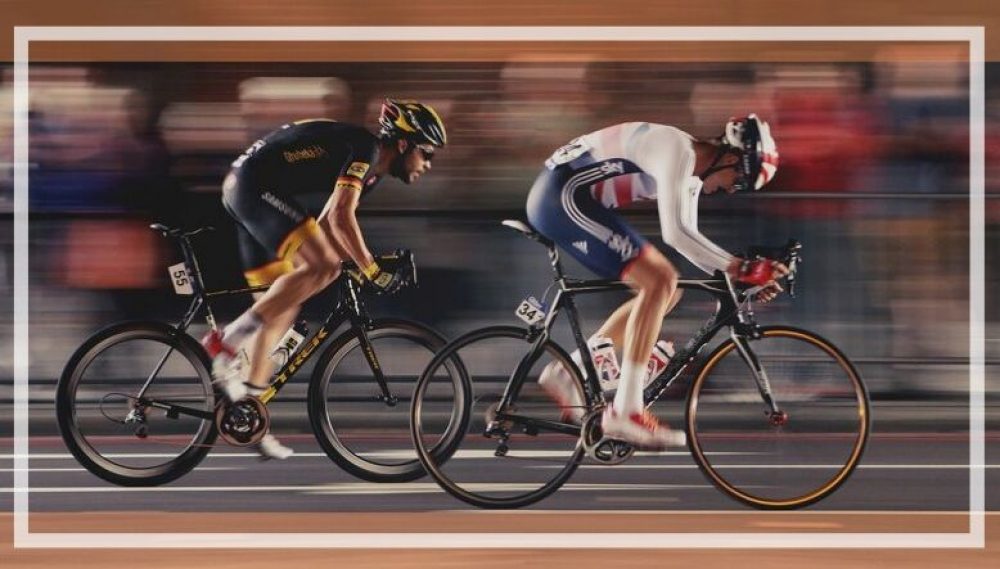
Balance is what you learn without stabilisers. Stabilisers or training wheels used to be standard for children’s bicycles, but the problem with them was that they didn’t teach balance, at least not in any meaningful sense, so when the wheels were taken away, children often struggled and felt demoralised (plus they are not a good look for any self respecting adult).
These days, by contrast, the standard approach is to have people ignore the pedals to begin with and concentrate on moving the bike with their toes. There are now “balance bikes” for children, which are essentially regular bikes but without pedals. In theory, these are available for adults, but in practice they can be very hard to find. This doesn’t actually really matter.
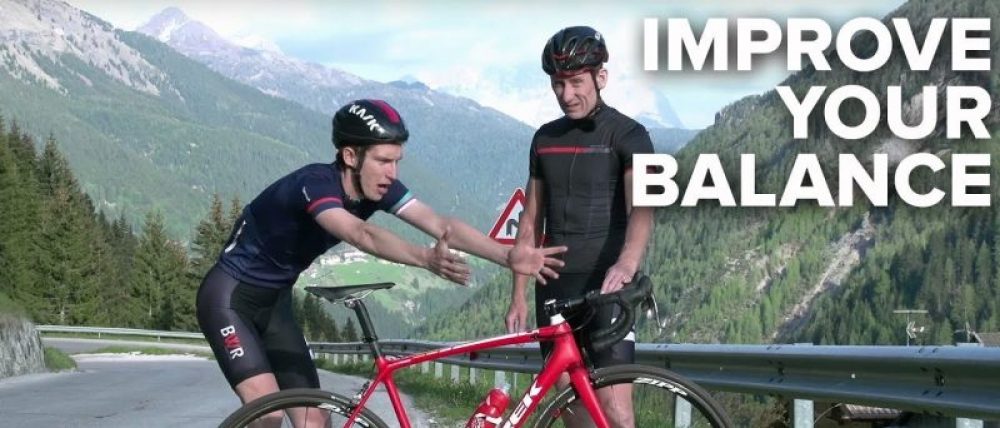
Balance bikes are used for young children because young children grow so quickly they’re going to need their bike switched out anyway. Adults can just buy the regular bike of their choice and ignore the pedals to begin with.
Once you’re confident you can balance, then you need to get the hang of turning and braking. Turning is usually very straightforward as it just requires you to move the handlebars in an intuitive way and shift your body-weight slightly. Braking entails developing the confidence to keep on eyes and mind on your route while moving the position of your hands. All this usually takes is a bit of practice.
If you want to ride on public roads, you’ll need to be able to signal and it’s a good idea to practice a bit off-road before heading out into traffic, however quiet. Taking one hand off the handlebars may feel a bit strange at first, but since you’ll already have grasped the balance, you’ll probably find you get the knack of it much more quickly than you would have expected.
You can enjoy cycling without going on any roads, but having the confidence to cycle in at least quiet traffic will increase your options and if you’re planning on using your bicycle to commute then you’re going to have to get to grips with being around motor (or electric) vehicles. We’ll talk more about that later.
Here's a video with a few pro tip's for improving your balance
Getting back into cycling as an adult
So first you had a trike, then you had a bike and you used it to get around everywhere, then you got a car and haven’t used that bike since? It’s a familiar story. The good news is that when people say “it’s like riding a bike, you never forget”, they’re actually spot on. Take a bike down to a local park (or anywhere else quiet you’re allowed to cycle) and you’ll soon be cycling like you did when you were a kid and be able to hit the roads (again).
Choosing the right form of cycling for you
It’s important to decide what kind of cycling you want to do as it will determine what kind of bike you will be best for you. Bikes tend to be optimized for one particular type of cycling although many of them will do a decent job at more than one and will be fine for occasional use at different activities. If, however, you want to do more than one type of cycling seriously, you may find that you will be best to invest in different bikes for different purposes.
Not all cycling styles are created equal, and it's important to choose the right type of bike for your interests and abilities. For example, if you are going on biking tours in Croatia, which offers a variety of biking trails ranging from easygoing routes along the coast to more challenging mountain climbs, mixed-terrain bikes will be perfect for them.
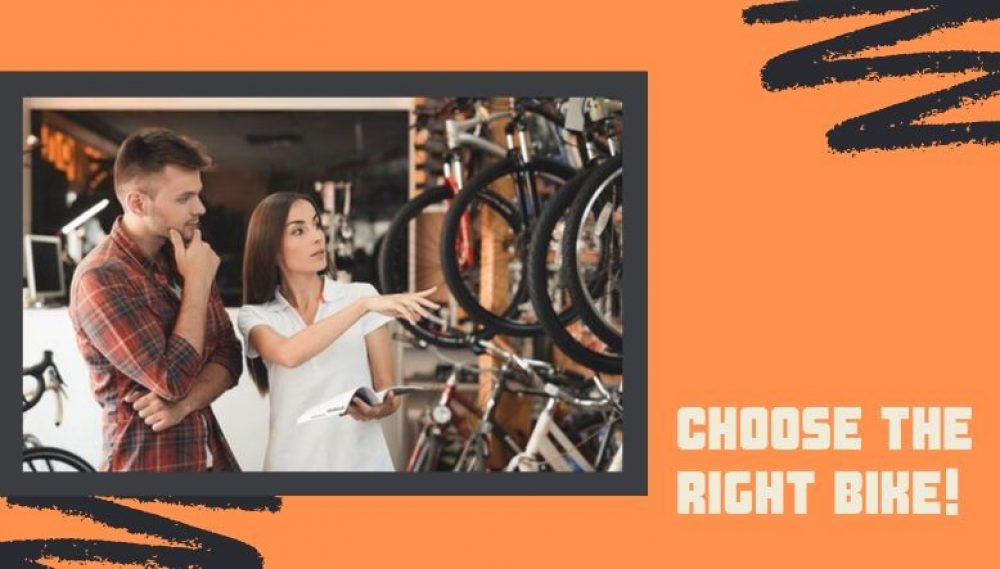
Commuting/City cycling
Possibly the single biggest reason why cycling is so popular in the UK is that it can help get people out of the UK’s notorious public-transport system without the expense of owning a motor vehicle. This form of cycling almost inevitably involves cycling in traffic and we’ll have a whole section on that later, so for now just put a marker in it.
From a fitness perspective, city cycling has the benefit of getting you out into the fresh air and will usually provide a certain level of cardio and muscle work but what that means in practice will, of course, depend on the nature of your commute. You may need to back it up with other forms of exercise.
There are various ways of doing this, however, one approach would be to invest in a stand which converts your regular bike into an exercise bike. Then you can do cycle workouts indoors. In fact, you could even sign up for an online spin class.
When it comes to city cycling, two bike types stand out far above all others in popularity.
Folding bikes
There are actually various sorts of folding bikes, but when it comes to city cycling most people go for the ones which fold up into the size of a briefcase (literally, although they’re a lot heavier than the average briefcase). This has obvious benefits for people who need to make part of their journey on public transport, but is also great for storage in small city apartments and also makes it possible for people to store their bikes under their desks rather than having to leave them in an outdoor cycle bay.
The only major downside to these bikes is the fact that they are very expensive, but you could argue that this is at the very least counterbalanced (if not outweighed) by the fact that they are easier to keep safe from thieves.

There are also a couple of minor points to remember. First of all, these bikes may not be suited to very tall, heavy people, particularly if they’re heavy. Secondly, these bikes obviously have slightly smaller wheels than normal, which means that they require a bit more effort to move, especially up hills and so forth. This is obviously good for those who want maximum exercise, just remember to keep this in mind when calculating journey time and/or cycling in a group.
Upright bikes
Also often known as “shoppers” due to the fact that many of them have baskets in front and space for panniers at the back, these bicycles keep the rider in a fairly upright position. This is far from optimal if you want to maximize your speed, but it’s great for having a clear view of the road. It’s also very comfortable.
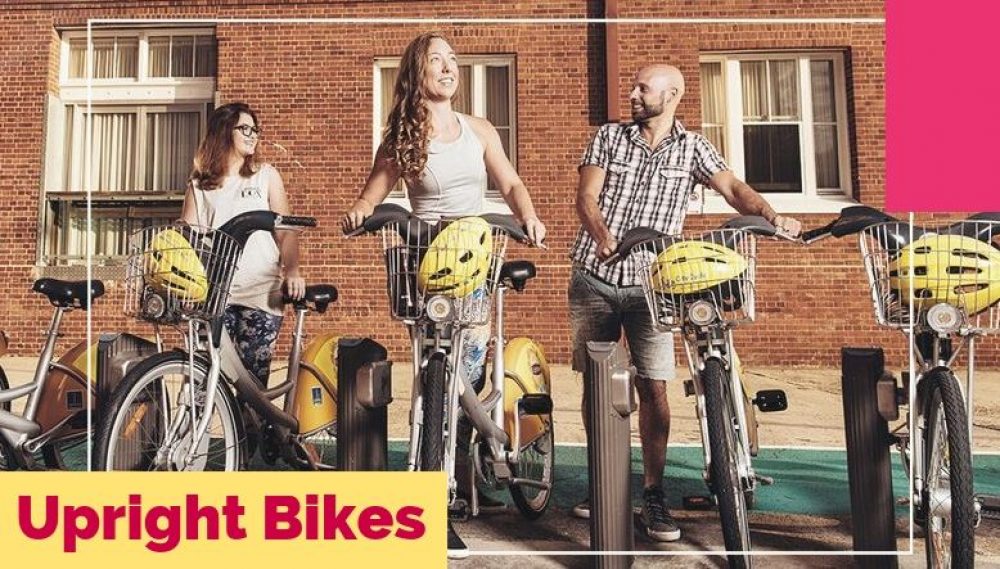
These bikes are simple to ride, simple to maintain and can look very stylish. They’re not the fastest bikes around, but they can certainly make decent speed if you have the right level of fitness. There are, however, two potential issues with them. First of all, you’ll have the challenge of finding somewhere safe to leave them unattended and secondly they can be a bit of a pain to store, especially if you live in an upstairs flat with the sort of narrow staircase typical of older properties.
OTHER OPTIONS
Somewhat ironically, road bikes aren’t often used for commuter cycling. They’re better suited to open roads. Some people do, however, use mountain bikes for commuter cycling, on the logic that they’re the best bikes for standing up to poor road conditions. Depending on your commute, this can actually make sense, but remember mountain bikes are heavy, so getting them up stairs can be tedious.
There are, however, two other, fairly niche, options which might be worth considering.

Single speed bikes
For practical purposes, a single speed bike is a bike without gears but with regular brakes. A bike must have brakes to be legal on the roads in the UK and even in places where that is not the law the nature of city cycling is such that brakes are essential.

For the record, if you wind up talking to a fan of single speed bikes or their close relatives fixed wheel bikes, you may hear people speaking about how brakes are pointless and how it’s the rider’s skill which controls the bike. Technically they may be right, but in a city you share the roads with a lot of other people and the ability to stop quickly may be essential so brakes are a must (as well as the law). Brakes are also useful for controlling your speed on hills.
In terms of commuting, the basic idea behind single speed bikes is that you trade the flexibility of gearing for lightness of weight and ease of maintenance. This may be a good move if you only have minimal hills to climb (or if you have a lot of hills to climb and you want the maximum workout).
Electric bikes
Technically electric bikes aren’t a specific type of bike, they are any type of bike which has been adapted to be powered by electricity as required. You can buy bikes fitted with the necessary equipment or buy a conversion pack and turn any bike you like into an electric bike.
In theory, electric bikes can be used anywhere you like. In practice they are best suited to city riding due to the limitations of battery life. For the record, the batteries for electric bikes are charged from the mains rather than by kinetic energy so there’s a limit to how far you can go without having to find a plug.

From a fitness perspective, electric bikes are not the choice to make if you really want to get your heart and muscles working. They could, however, be a very good choice to make if you have mobility limitations which would restrict your ability to use a regular bike. Basically, you could just do what you felt you safely could and then use the electric boost to help with the rest.
The minus points of electric bikes are what you might expect, price, weight and the fact that the power will only last for so long.
On-road leisure cycling
For on-road leisure cycling, road bikes and touring bikes are usually the way to go. The difference between them is that road bikes are designed on the assumption that you’re carrying very little in the way of baggage, whereas touring bikes are designed to carry a lot of extra weight.
You could also opt for (cyclo)cross bikes or hybrid bikes, both of which are essentially a cross between a road bike and a mountain bike. Cross bikes lean more to the road side, but are a bit more rugged than standard road bikes, hybrid bikes are about fifty/fifty, some lean a little more to the mountain biking side. These latter options are good if you know you may want to go off-road occasionally, but the key world is occasionally. If you want to go off-road on a regular basis, you’ll need a mountain bike.
Off-road biking
Mountain bikes are designed to handle tough terrain. At the budget end, they’ll be fine for scrambling around your local countryside. At the premium end, you can take them to some utterly spectacular locations. You can use them on roads, but they’re essentially the heaviest bikes around.

Niche bikes
The bikes we’ve covered so far are the main forms of leisure bikes. There are plenty of others, however, they tend to be for sports (e.g. racing bikes, track bikes and time-trial bikes) or entertainment (BMX bikes) plus a few “alternative” bikes like choppers, recliners and tandems. Basically if you’re interested in that specific activity, then you’ll need a bike designed for it, otherwise you’ll probably find them a bit impractical.
Cycling in traffic
As we said before, you don’t have to cycle in traffic, but being able to do so can increase your options hugely. That being so, let’s go over the basics.
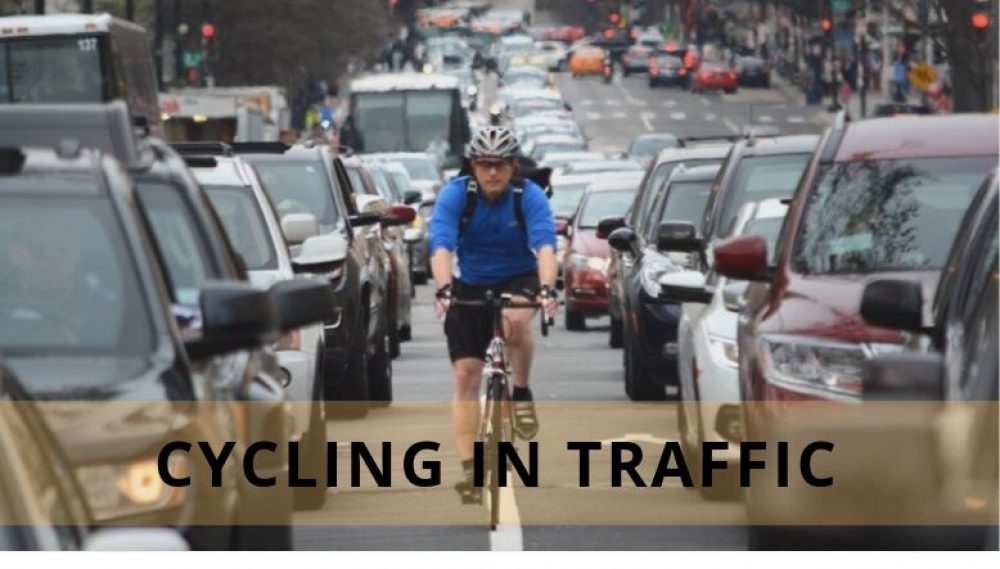
Be seen
This is the number one rule. Most drivers will treat you decently as long as they know you’re there. When the street lights go on, so do your lights, front and back, you can put them on your body, e.g. a helmet or waistband, if you want to be sure to remember to take them with you when you get off the bike. Use hi-viz clothing at all times.
Be heard
Make pedestrians aware of your presence with a good bike bell or even horn.
Keep at least one hand on your brakes
In an emergency, even microseconds count. Having at least one hand over a brake lever can cut your reaction time. On a similar note, watch your own speed. Cyclists can cause serious injuries to others and even if the other party behaved unreasonably (like keeping their eyes on their phone rather than looking where they were going), you may be held at least partly liable as, frankly, this is the sort of situation which shouldn’t happen but regularly does and as such road users need to be ready to take action.
Own the road
Where there are cycle paths, it is up to you whether or not you use them. You have every right to use the main road if you wish. Where there are not, then get away from the kerb and into the space everyone else uses. In other words, make sure drivers stay behind you unless there is really is plenty of space to overtake.
Follow the Highway Code
This is a legal requirement and should be a given. Traffic lights do apply to cyclists as do rules about signaling. Speaking of signaling, start as soon as you reasonably can. The sooner you let drivers know what you intend to do, the more time they have to respond. Some cyclists wear flashing lights on the backs of their hands to make their signals more visible.

Never, ever, ever undertake, ever
This is actually part of following the Highway Code but it’s so important it deserves a section on its own. Overtake on the right side like everyone else. Never undertake, ever, under any circumstances. Just don’t do it.
If you happen to find yourself to the left of a lorry approaching a junction, e.g. you are on a cycle path and it is on the main road. Just wait, let it do what it’s going to do and then proceed.
Keep your eyes on the road (and ideally keep your ears open)
Never assume that other people are doing what they should and even if they are, you will still need to be paying attention to be aware of it.
***In particular assume any vehicle can open any door at any time.***
In short
While bikes are investments, they last for years (in fact they can last for decades) and are usually very easy to sell on if you change your mind about cycling in general - or just fancy a change of wheels yourself. Overall, cycling is one of the most affordable ways to stay fit and can be done by just about anyone just about anywhere. It can even save you a lot of money.

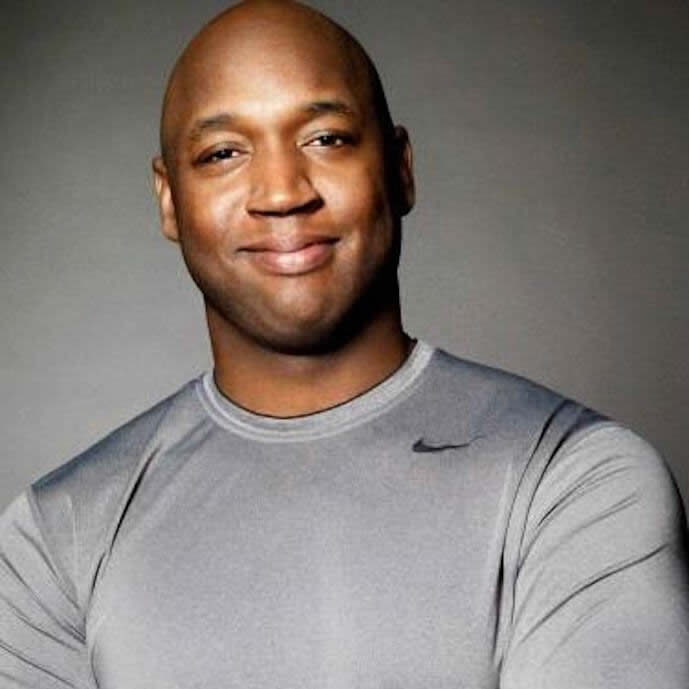
![How to Get into Cycling – [Professional Guide]](https://fitnessauthority.co.uk/wp-content/uploads/thumbs_dir/how-to-get-into-omsp329e55aotliwwe8c4nk94on0jsnytt15orjygs.jpg)
![How to Get into Cycling – [Professional Guide]](https://fitnessauthority.co.uk/wp-content/uploads/thumbs_dir/how-to-get-into-squash-omsovylai7kp3nuadbptag2vjvn6e4gz6nl35i31h8.jpg)









